LEBANON
Beirut

Beirut
Beirut
Beirut is the capital and largest city of Lebanon with a population of over 2 million according to the 2007 census. The city is the country's main and largest seaport and is located on a peninsula in the middle of Lebanon's Mediterranean coast. The city was first mentioned in ancient Egyptian clay tablets in the 14th century BC and has been inhabited continuously ever since. Beirut is the seat of the government of Lebanon and the main centre of the economy with numerous large companies and banks. The city is the centre of cultural life in the region and is known for its theatres, cultural activities and nightlife.
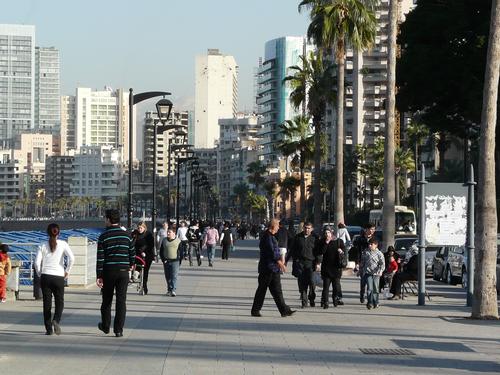 Beirut Boulevard (Corniche)Photo: Varun Shiv Kapur CC 2.0 Generic no changes made
Beirut Boulevard (Corniche)Photo: Varun Shiv Kapur CC 2.0 Generic no changes made
The city suffered great damage during the devastating Civil War, but was rebuilt after the war. The historic centre has been reconstructed and entertainment and events are returning to the city. The city is attracting more and more tourists. Beirut was listed as one of the ten most vibrant cities in the world by Lonely Planet in 2009. Since then, the situation has worsened, partly due to the war in neighbouring Syria and the influx of refugees.
| advertisement |
| Hotels Beirut |
Location
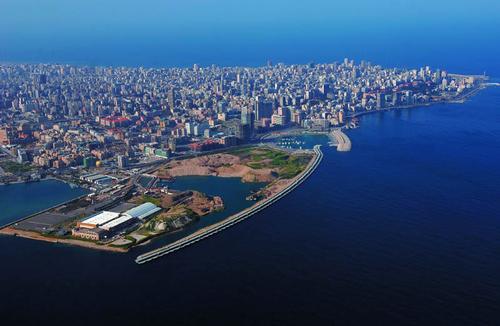 Beirut PeninsulaPhoto: Yoniw CC 3.0 Unported no changes made
Beirut PeninsulaPhoto: Yoniw CC 3.0 Unported no changes made
The city is located at 33°53 North Latitude and 35°30 East Longitude. Beirut is located on a peninsula that extends westwards into the Mediterranean Sea about 94 km north of the Lebanese-Israeli border. The city is surrounded by the Lebanon Mountains. Beirut is situated between two hills: Al-Ashrafieh and Al-Musaytibah. The coast consists of sand and pebble beaches interspersed with rocks and cliffs. The area covers 20 km² and the metropolitan area covers 200 km².and of Beirut.
Weather
Beirut has a Mediterranean climate characterised by hot, dry summers, a pleasant autumn and cool, rainy winters. August is the hottest month, with an average temperature of 29°C. January and February are the coldest months, with an average temperature of 10°C. In summer, the wind comes from the Mediterranean side in the afternoon and provides refreshment. The average annual rainfall is 860 mm. The rain falls mainly in winter. In autumn and spring, it rains for short periods and often in heavy showers. Snow is rare in Beirut, but hail is common in winter.
History
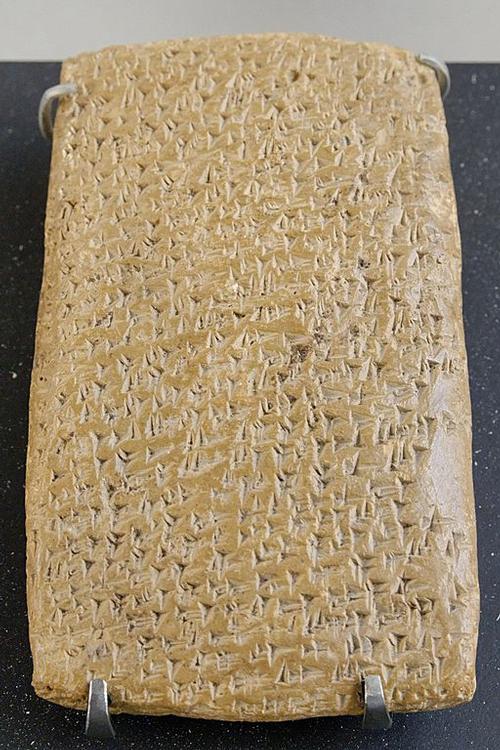 Armana Letters BeirutPhoto: Public domain
Armana Letters BeirutPhoto: Public domain
Beirut was already inhabited in the prehistoric and Bronze Age. Flint tools from this period have been found at the site. The history of Beirut goes back more than 5000 years. Archaeological excavations in the central part of the city have discovered several layers with Phoenician, Hellenistic, Roman, Byzantine, Arab and Ottoman remains. The first historical mention of Beirut dates back to the 14th century BC, when Beirut was mentioned in the clay tablets of the "Amarna Letters". In ancient times, the name of the city was changed to Berytus. Under the Roman rule of the dynasty of Herod the Great, the city was called Colonia Iulia Augusta Felix Berytus. The law school of that time was world famous. Beirut came into Arab hands in 635.
During the Ottoman period, Beirut was controlled by local emirs (Druze). In the 17th century, the city was fortified for defence against the Ottoman Turks. As European interests in Lebanese silk and other products grew in the second half of the 19th century, Beirut developed close commercial and political ties with the European imperialist powers, especially with France. The city became an important Lebanese port and commercial centre. After World War I and the collapse of the Ottoman Empire, French and British troops moved in and on the 25th of April 1920 the French took control of Lebanon. During World War II, Beirut served as an important military port for the Allies.
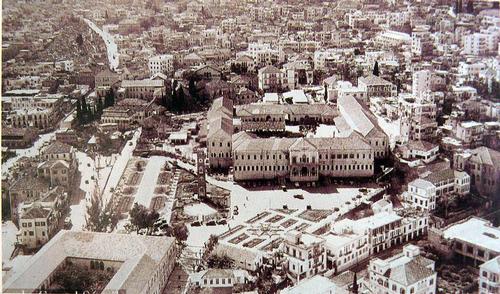 Beirut in 1930Photo: Public domain
Beirut in 1930Photo: Public domain
After Lebanon became independent in 1943, Beirut became the capital. The city became a major tourist destination and a free port for banks especially for oil companies from the Persian Gulf. This time of relative prosperity ended in 1975 when the Lebanese Civil War broke out. During most of the war, Beirut was divided between a Muslim quarter in the west and a Christian quarter in the east. The centre, formerly the centre of the city's commercial and cultural activities, became "no man's land" and was known as the "Green Line". Many inhabitants fled to other countries. About 60,000 people died in the first two years of the war (1975-1976) and most of the city was destroyed.
Since the end of the war in 1990, Beirut has been rebuilt and the city is slowly regaining its status as a tourist, cultural and intellectual centre in the Middle East.
Sights
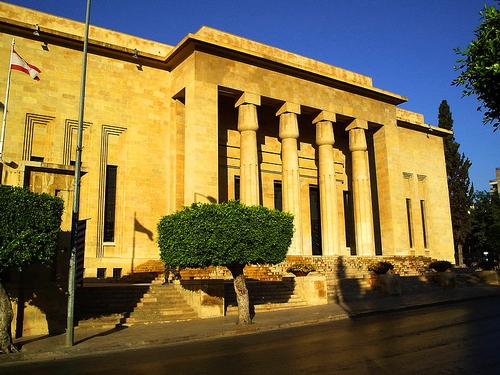 National Museum BeirutPhoto: Public domain
National Museum BeirutPhoto: Public domain
The National Museum of Beirut is the most important museum of archaeology in Lebanon. It exhibits more than 1300 objects from Prehistory to the Middle Ages.
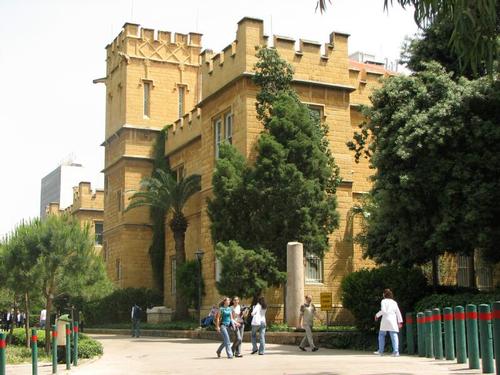 Archaeological Museum BeirutPhoto: BlingBling10 at the English Wikipedia CC3.0 Unported no changes made
Archaeological Museum BeirutPhoto: BlingBling10 at the English Wikipedia CC3.0 Unported no changes made
The archaeological museum of the American University of Beirut (AUB), is the fourth oldest museum in the Middle East and exhibits a wide range of objects from Lebanon and its neighbouring countries.
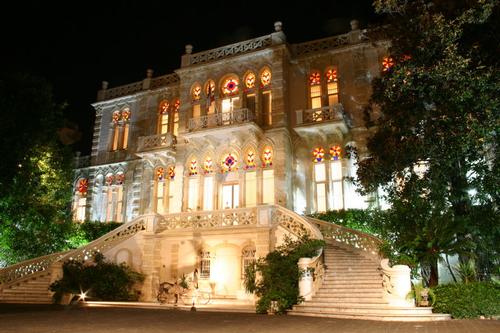 Beirut Sursock MuseumPhoto:Bertil Videt CC 3.0 Unported no changes made
Beirut Sursock MuseumPhoto:Bertil Videt CC 3.0 Unported no changes made
The Sursock Museum was built by the Sursock family in the late 19th century. Originally a private villa donated to the Lebanese state, it has been transformed into the most popular art museum in Beirut. The permanent exhibition of Japanese prints and the numerous examples of Islamic art are famous.
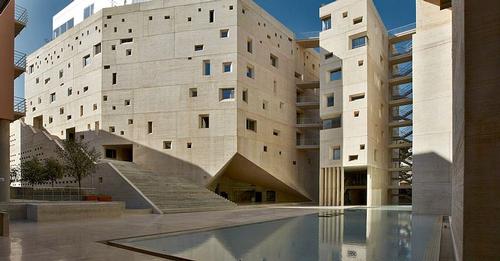 Saint Joseph University BeirutPhoto: Eddy.dossantos2 CC3.0 Unported no changes made
Saint Joseph University BeirutPhoto: Eddy.dossantos2 CC3.0 Unported no changes made
Saint Joseph's University opened the Museum of Lebanese Prehistory in 2000. The collection consists of bones, stone tools and Neolithic pottery collected by Jesuits.
There are hundreds of art galleries in Beirut and its suburbs. Lebanese are very interested in art Thousands of artists are involved in music, architecture, design, theatre, film, photography and other forms of art.
Tips
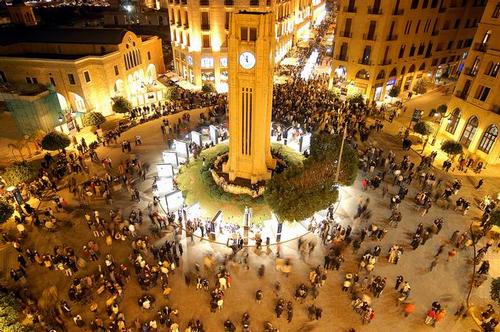 Nejmeh Square Beirut in the eveningPhoto: Yoniw in the public domain
Nejmeh Square Beirut in the eveningPhoto: Yoniw in the public domain
Beirut is a tourist destination for travellers from the Arab world as well as from Western countries. The city has partly regained its former reputation as the gateway to the East. Inside and outside the city, there are many places of interest for sightseeing, shopping and tasting delicious food. There is also a thriving nightlife. All this will entice tourists to spend more time in this special city than they had planned. They will be especially attracted by the beautiful architecture of the Ottoman buildings with their distinctive style combined with exciting modern buildings.
Useful links Beirut
BBC Country ProfilesWorld Fact Book Explore all Countries
How to call
Last updated June 2025
Copyright: Team - The World of Info